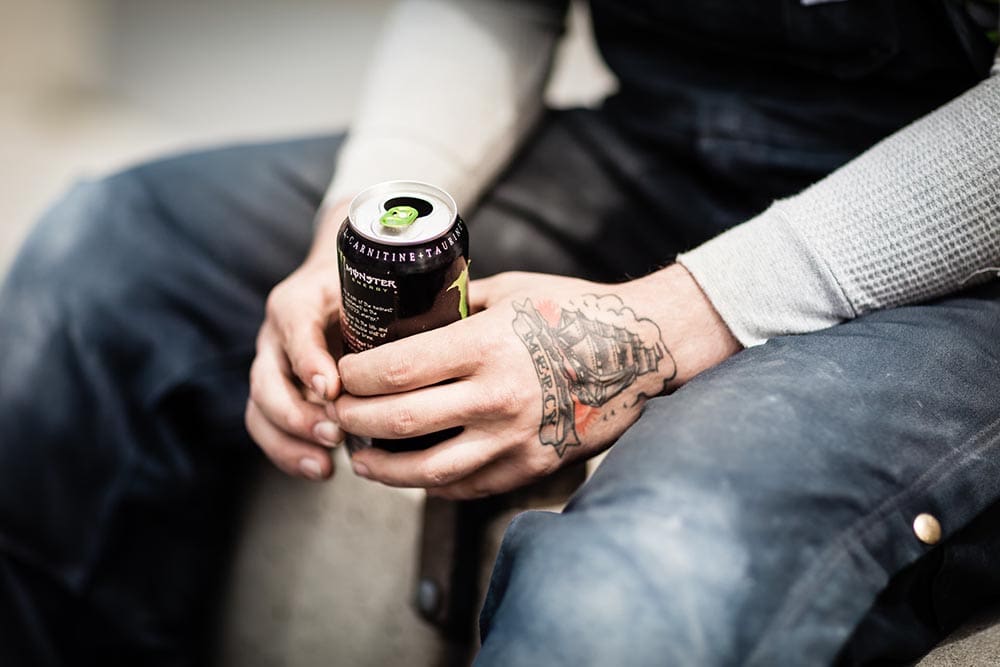
As a coffee lover, have you ever been to a tea leaf reading and found yourself wondering, “why should tea get all the divination glory?” If you have, know that you’re not alone, and luckily for you, coffee fortune-telling exists!
In this article, we’re going to take a lighthearted look at coffee fortune-telling. We’ll cover the history and cultural backgrounds of coffee fortune-telling, compare and contrast the traditions and ceremonies of coffee divination and tea leaf reading, and give you some tips for giving it a shot yourself. You’re going to love this guide—we’ve read it in the coffee grounds.

A Brief History of Tasseography: The Art of Reading Turkish Coffee Grounds
Tasseography is a catch-all term referring to any attempt to divine future events by reading tea leaves, wine sediments, or coffee grounds. Telling the future is one of the most ancient human traditions, but telling the future by reading leftovers in a teacup came to the Western world along trade routes between Asia and the British Empire.
It’s difficult to pinpoint the origin of tasseography as a whole, but the earliest publication on the subject of reading tea leaves is a book appropriately titled Reading Tea Leaves, written sometime in the 18th century.
Reading fortunes in leftover coffee grounds has a similar history but is predominantly a Turkish tradition due to the common practice of leaving the grounds in the cup when drinking Turkish coffee. Unfiltered coffee leaves thick sediment behind, which makes intriguing patterns that dare would-be prognosticators to take a stab at interpreting them.

Super-Fine Grinds and Superstitions
Turkish coffee uses an ultrafine, powdery grind that makes it difficult to filter and easier to simply leave in the cup, giving rise to the swirls and patterns used in coffee fortune-telling.
The practice of coffee divination is highly individual, although there are some general principles most practitioners abide by to uphold tradition. A common method involves dividing the cup in half so that one half is used to discern past events and the other is used to predict the future.
A similar method also splits the cup in half but uses the halves to separate positive and negative events. A certain symbol or pattern appearing in one half will have a positive connotation, while the same symbol appearing in the other half will be interpreted negatively.
Virtually all Turkish coffee fortune-telling sessions begin by covering the coffee cup with a saucer and flipping it upside down. This chaotic procedure stirs up the coffee grounds and gives the seer interesting patterns and designs to work with.

Common Patterns and Themes
If you want to give coffee reading a try for yourself, here are some common patterns to look for. Chaining them together to tell a story is a skill that takes time and practice to master and is where the real skill in tasseography lies.
1. Lines
Vertical streaks along the walls of the cup represent a person’s aspirations. A trail of coffee that extends to the cup’s rim is indicative of a bright future for the corresponding goal it represents. Incomplete lines indicate uncertainty and that a goal might not be achieved.

2. Dots
A small clustering of dots is a sign that your financial future is bright.
3. Triangles
Triangular patterns represent change. This pattern is related to the delta symbol used in mathematics to indicate intervals between numbers and quantities that change.
4. Circles
Round shapes and circles indicate success and completeness.
5. Squares
Rectangular shapes and squares represent comfort and peace and foretell calm days ahead.
6. Numbers
Numbers have a dual interpretation in coffee readings. A specific number could represent a simple amount of time; for example, a “2” in conjunction with a vertical line reaching the edge of a cup could indicate achieving a goal in the next 2 weeks.
Numbers also have more abstract meanings.
- 0: Repetition
- 1: A new beginning
- 2: A crossroads
- 3: A meeting
- 4: Coming misfortune
- 5: Success
- 6: Sex
- 7: The start of a new relationship
- 8: Luck
- 9: An opportunity

The Truth of Coffee Fortune-Telling
Of course, the pattern formed in the bottom of a mug of Turkish coffee doesn’t have any predictive power, but the art and practice of coffee reading is good fun. Experienced coffee ground readers are experts at reading their customers and can spin fantastic yarns from disparate signs and symbols in your mug.
We strongly encourage you to go for a coffee reading if you have the opportunity. Watching an expert create a story from thin strands with nothing to go on is a marvelous experience.
Practicing coffee reading or other forms of tasseography is good practice for thinking quickly outside the box. Reading coffee grounds for someone else can help you be more attentive to other people’s moods and body language.
We hope you enjoyed this short introduction and guide to coffee fortune-telling! Next time you make a cup of Turkish coffee, give your grounds a flip and see what you can come up with. We already know what you’ll see, but we won’t spoil it for you.
Featured Image Credit By: grandbrothers, Shutterstock















